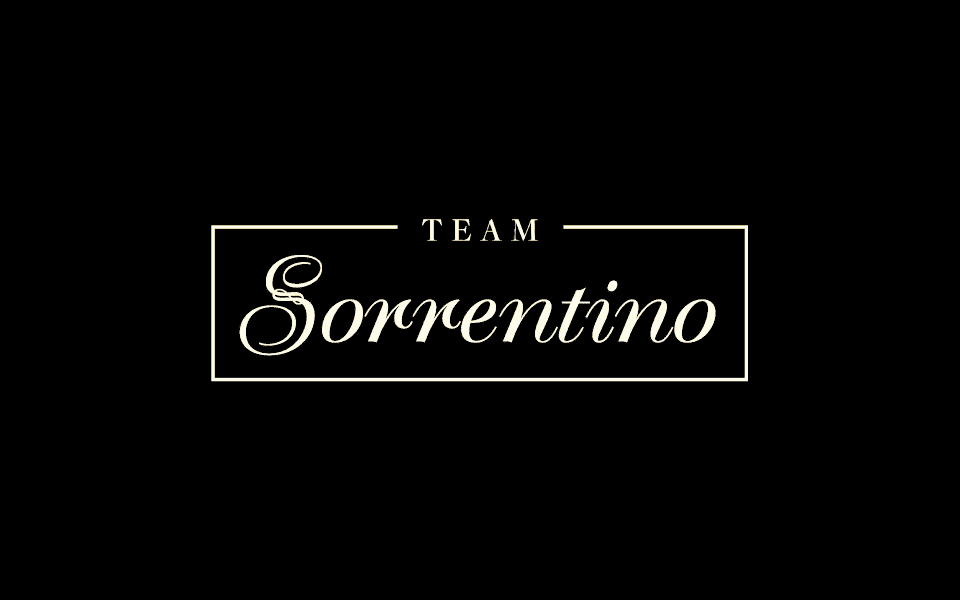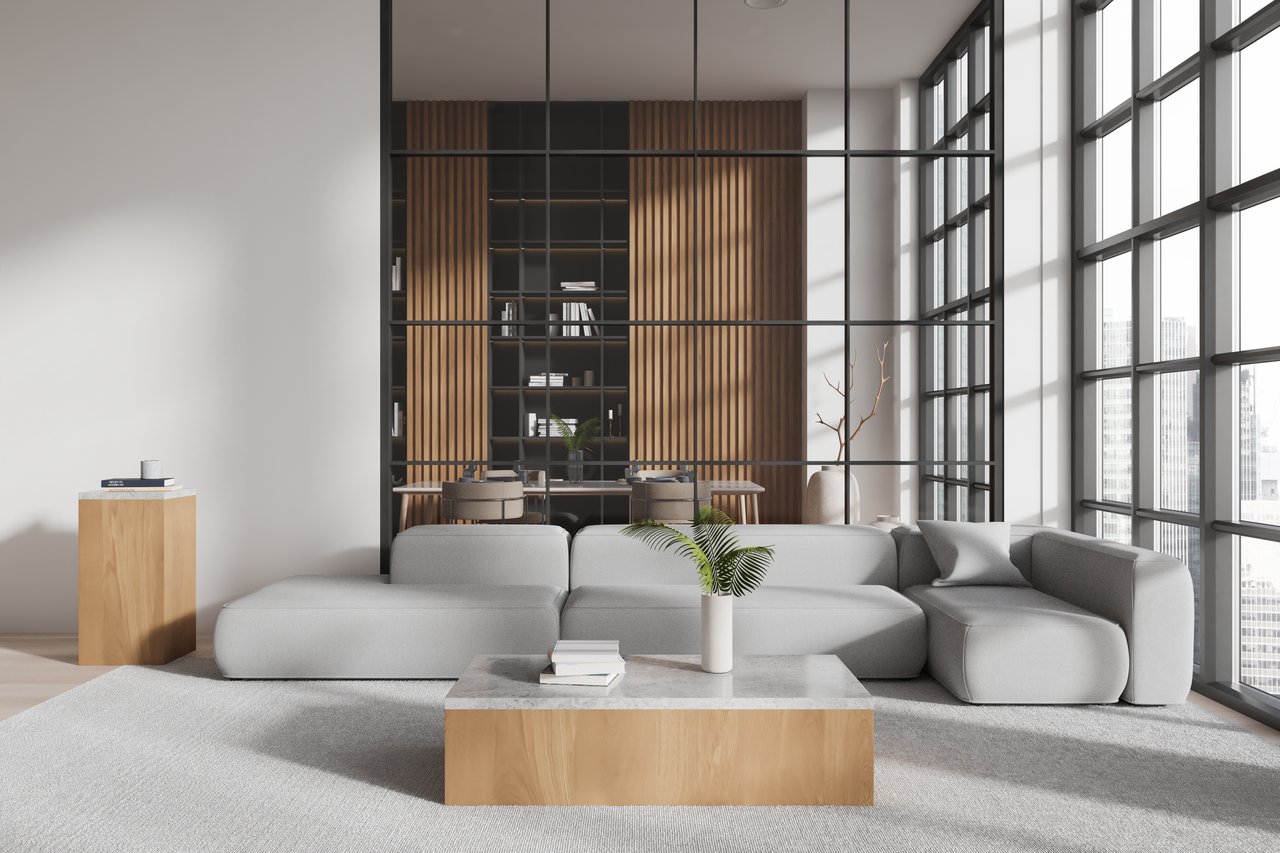Homeownership brings a lot of joy, but it also comes with new responsibilities and decisions — one of the most important being homeowners insurance. If you’re a first-time buyer or just want a refresher on what homeowners insurance covers, this guide will walk you through the basics and help you understand the protection it provides.
Understanding Homeowners Insurance
Homeowners insurance is designed to protect you financially from unexpected events that could damage your home or personal belongings. It’s an essential safeguard that offers peace of mind in times of crisis. Most lenders require homeowners insurance when you take out a mortgage, but even if you own your home outright, having a good policy in place is a smart move.
While coverage varies depending on your policy and provider, most standard homeowners insurance plans include several common categories of protection, which are explored below.
While coverage varies depending on your policy and provider, most standard homeowners insurance plans include several common categories of protection, which are explored below.
Dwelling Coverage
Dwelling coverage is perhaps the most critical aspect of your homeowners insurance policy. This covers the structure of your home, including the walls, roof, floors, and built-in appliances. If your property is damaged by events like fire, windstorms, or lightning, dwelling coverage helps cover the cost of repairs or rebuilding.
It's important to note that not all natural disasters are automatically covered. For example, damage from earthquakes or floods typically requires separate policies. For homeowners in Calabasas, where high-end properties are common, it’s especially important to ensure that your dwelling coverage reflects the true replacement cost of your home. It’s essential to work with your insurance agent to adjust your policy limits accordingly.
It's important to note that not all natural disasters are automatically covered. For example, damage from earthquakes or floods typically requires separate policies. For homeowners in Calabasas, where high-end properties are common, it’s especially important to ensure that your dwelling coverage reflects the true replacement cost of your home. It’s essential to work with your insurance agent to adjust your policy limits accordingly.
Other Structures Coverage
In addition to your main residence, homeowners insurance also protects other structures on your property, such as detached garages, sheds, fences, and gazebos. This is typically included under “other structures” coverage and is often a percentage of your dwelling coverage, meaning it provides protection for those additional buildings and structures on your property.
This part of your policy ensures that you’re not left out of pocket if, for example, a fallen tree damages your detached garage. However, it’s wise to review the limits on this coverage to ensure they match the value of these structures.
This part of your policy ensures that you’re not left out of pocket if, for example, a fallen tree damages your detached garage. However, it’s wise to review the limits on this coverage to ensure they match the value of these structures.
Personal Property Coverage
Your home is more than just a structure — it’s filled with personal belongings that hold both monetary and sentimental value. Personal property coverage helps protect the contents of your home, including furniture, electronics, clothing, and other personal items, against risks like fire, theft, or certain weather events.
However, there are typically limits to how much can be claimed for specific high-value belongings, such as jewelry, art, or collectibles. If you own these items, you may need to purchase additional coverage, known as a rider or endorsement, to fully protect them.
However, there are typically limits to how much can be claimed for specific high-value belongings, such as jewelry, art, or collectibles. If you own these items, you may need to purchase additional coverage, known as a rider or endorsement, to fully protect them.
Loss of Use Coverage / Additional Living Expenses
In some cases, damage to your home might make it temporarily uninhabitable. Loss of use coverage, also known as additional living expenses (ALE) coverage, steps in to help during this time. It covers the costs of temporary accommodations, such as hotel stays or rental properties, while your home is being repaired or rebuilt.
This coverage also extends to other expenses that may arise due to displacement, such as the cost of meals or transportation. The duration and limits of this coverage vary by policy, so it’s essential to understand what your plan offers.
This coverage also extends to other expenses that may arise due to displacement, such as the cost of meals or transportation. The duration and limits of this coverage vary by policy, so it’s essential to understand what your plan offers.
Liability Coverage
Liability coverage is an often overlooked but essential part of homeowners insurance. This coverage helps protect you if someone is injured on your property or if you accidentally cause damage to someone else’s property. It covers the costs of legal fees, medical expenses, and even settlements or judgments up to the policy limits. Liability limits vary, so it’s advisable to evaluate your needs and adjust your coverage accordingly.
Medical Payments Coverage
In addition to liability protection, homeowners insurance often includes medical payments coverage. This coverage is designed to cover minor medical expenses for guests who are injured on your property, regardless of fault. It’s typically intended for relatively minor injuries, like cuts, sprains, or falls, and can help avoid more significant liability claims by covering immediate medical costs without litigation. Medical payments coverage usually has lower limits than liability coverage, but it still serves as an important feature of your overall protection.
Common Exclusions
While homeowners insurance provides comprehensive coverage in many areas, there are certain situations and damages that are typically excluded from standard policies. Understanding these exclusions can help you plan and budget for maintaining your home while exploring additional coverage options for specific risks.
Earthquakes and Floods
In California, earthquakes are a concern for many homeowners. However, standard homeowners insurance policies do not cover damage caused by these events. If you live in areas prone to seismic activity, consider purchasing separate earthquake insurance to protect your home from potential damage.
Similarly, damage caused by floods is not covered under a standard homeowners policy. Flooding can occur due to heavy rains, overflowing rivers, or other natural disasters. If your home is located in a flood-prone area, you may want to consider purchasing flood insurance through the National Flood Insurance Program (NFIP) or a private insurer.
Similarly, damage caused by floods is not covered under a standard homeowners policy. Flooding can occur due to heavy rains, overflowing rivers, or other natural disasters. If your home is located in a flood-prone area, you may want to consider purchasing flood insurance through the National Flood Insurance Program (NFIP) or a private insurer.
Wear and Tear
Homeowners insurance is designed to cover sudden and unexpected damage rather than wear and tear that occurs over time. For example, if your roof is old and deteriorating, your insurance policy likely won’t cover the cost of replacing it. Regular maintenance and upkeep of your home are essential to avoid these out-of-pocket expenses.
Mold and Pests
Damage caused by mold or pests, such as termites or rodents, is typically excluded from standard homeowners insurance. These issues are usually considered preventable through proper maintenance and care. If you’re concerned about mold or pests, you may want to look into specialty coverage or take preventive steps to safeguard your home.
The Importance of Regularly Reviewing Your Policy
Homeowners insurance isn’t something you set and forget. Over time, your home’s value may change, you might acquire more valuable belongings, or new risks could emerge. That’s why it’s crucial to review your policy annually and make adjustments as necessary. Whether you’re upgrading your home or experiencing life changes, regularly updating your coverage ensures you remain adequately protected.
By staying proactive and maintaining a solid understanding of your homeowners insurance, you can rest easy knowing that you’re prepared for whatever comes your way. Get started on your real estate journey in Calabasas today with Team Sorrentino of Rodeo Realty.
By staying proactive and maintaining a solid understanding of your homeowners insurance, you can rest easy knowing that you’re prepared for whatever comes your way. Get started on your real estate journey in Calabasas today with Team Sorrentino of Rodeo Realty.





